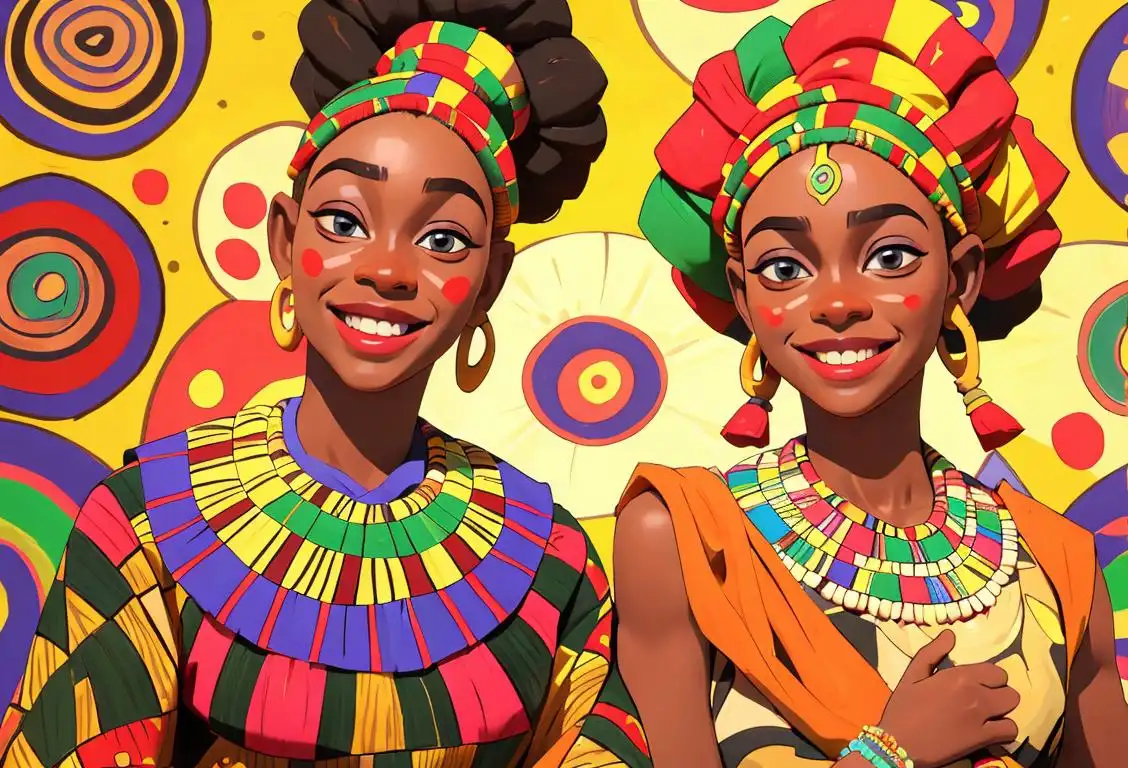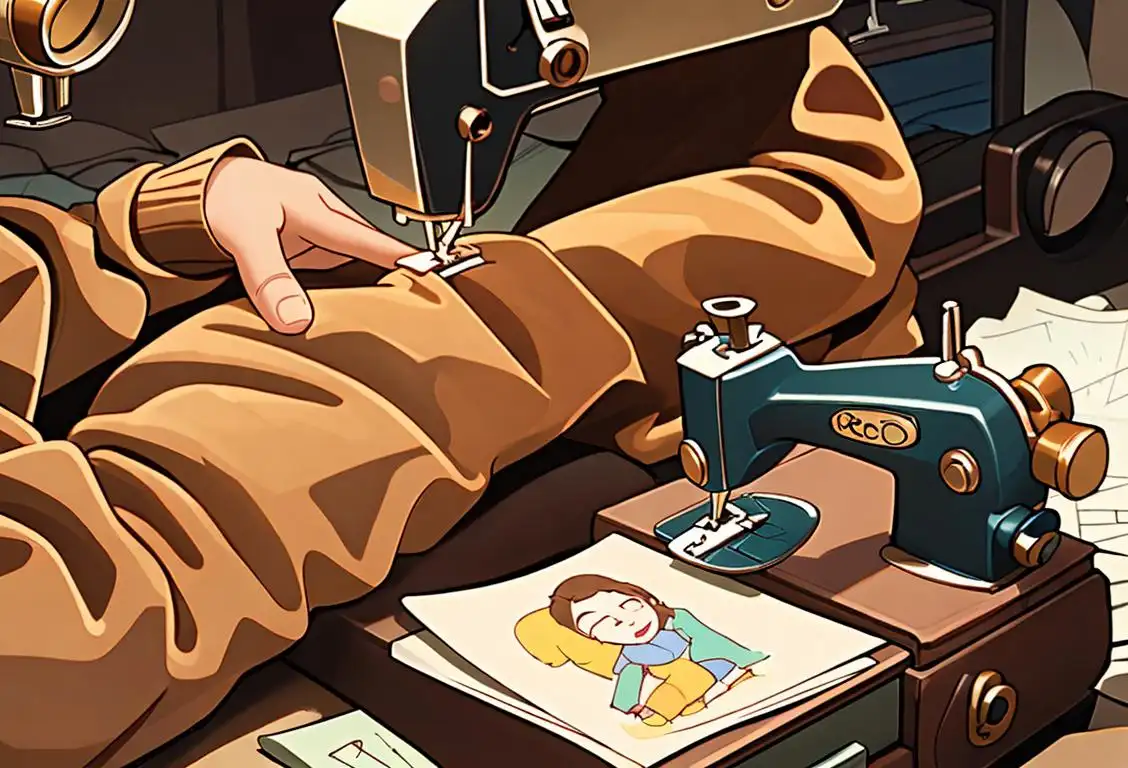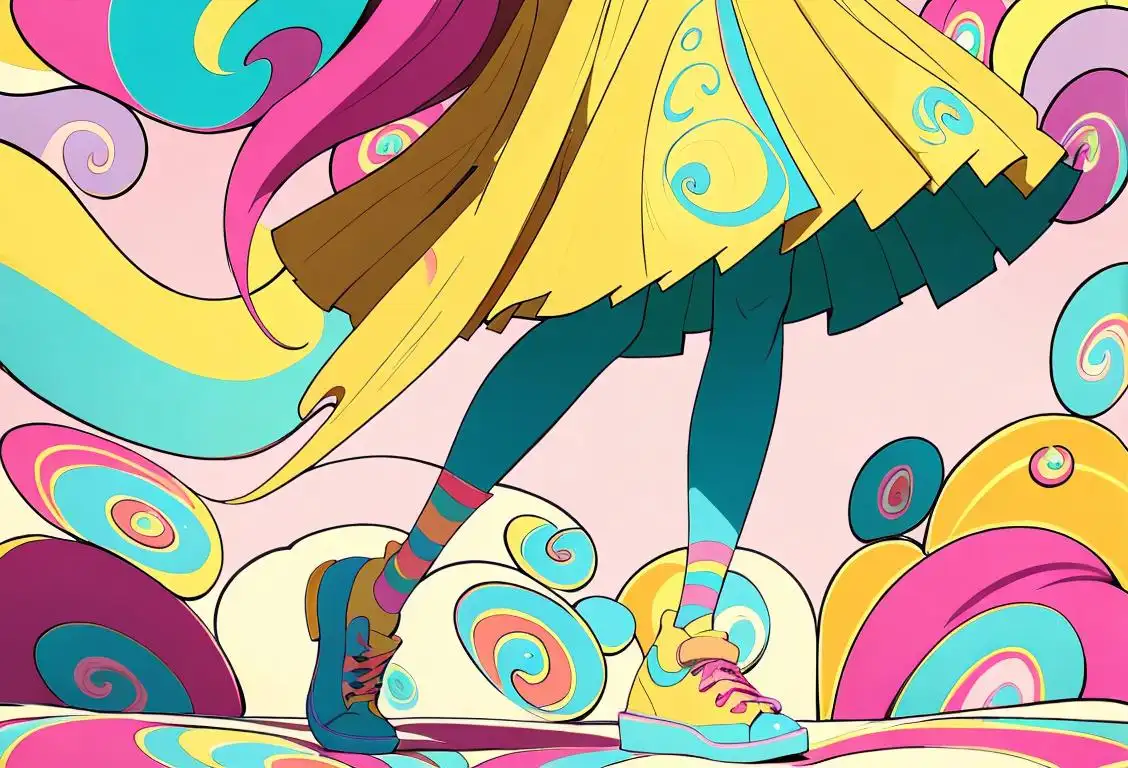National Dashiki Day

Get ready to don your favorite vibrant and colorful garment because National Dashiki Day is here! Celebrated on October 30th each year, National Dashiki Day is a day to embrace the rich cultural heritage of African fashion and showcase your fabulous sense of style. So, grab your dashiki and let's dive into the fascinating history and significance of this vibrant holiday.
When is Dashiki Day?
It's national dashiki day on the 30th October.
The Roots of National Dashiki Day
The origins of National Dashiki Day can be traced back to the 1960s during the height of the African American civil rights movement. Dashiki, a traditional African garment, gained popularity as a symbol of solidarity and pride among African Americans. The word 'dashiki' comes from the Yoruba language, meaning 'shirt' or 'undergarment.' Typically made of colorful and patterned fabric, dashikis are known for their loose and comfortable fit.
While there is no definitive documentation on the exact emergence of National Dashiki Day, it was predominantly celebrated within African American communities and gained more recognition with the advent of social media. The day serves as a platform for people of all backgrounds to appreciate the beauty of African culture and promote inclusivity.
How to Celebrate National Dashiki Day
Celebrating National Dashiki Day is all about embracing African fashion, culture, and community. Here are a few ways you can honor this vibrant holiday:
- Rock your dashiki: Put on your favorite dashiki or any colorful African-inspired attire. Whether it's a traditional dashiki or a modern twist, let your fashion creativity shine.
- Organize a dashiki fashion show: Gather your friends and family for a fashion show showcasing different styles of dashikis. It's a fun way to encourage self-expression and celebrate cultural diversity.
- Host an African-inspired potluck: Explore the flavors of African cuisine by organizing a potluck featuring dishes from various African cultures. It's a delicious way to experience the diverse tastes that Africa has to offer.
Did You Know?
Did you know that the popularity of dashikis spread beyond the United States? Dashiki-inspired designs became trendy worldwide, with many international celebrities embracing the vibrant style. From musicians to fashion icons, the dashiki has made its mark on the global fashion scene.
History behind the term 'Dashiki'
1950s
Introduction of the Dashiki
During the 1950s, the Dashiki emerged as a traditional garment with historical and cultural significance. The term 'Dashiki' originates from the Yoruba word 'dàšikí', which means 'shirt' in English. It was traditionally worn by men in West Africa, particularly in Nigeria and Senegal. This loose-fitting, colorful shirt became associated with African pride and cultural identity.
1960s
Civil Rights Movement and Adoption in the U.S.
In the 1960s, during the height of the Civil Rights Movement in the United States, the Dashiki gained popularity among African Americans as a symbol of black pride and a rejection of Western norms. It became a way for individuals to express their cultural heritage and challenge the mainstream fashion industry. The Dashiki's vibrant colors and distinctive designs made it a visual representation of African culture.
1970s
Mainstream Popularity and Influence
By the 1970s, the Dashiki had entered the mainstream fashion scene. It gained popularity not only among African Americans but also among people of various ethnic backgrounds who embraced its vibrant aesthetic and cultural significance. Celebrities and musicians, including Jimi Hendrix and Stevie Wonder, were often seen wearing Dashikis, further increasing its visibility and influence.
1980s-Present
Continued Cultural Significance
The Dashiki continues to hold cultural significance and remains an iconic garment associated with African heritage. It is frequently worn during cultural celebrations, festivals, and African-themed events. In recent years, there has been a resurgence of interest in traditional African fashion, leading to a renewed popularity of the Dashiki among a younger generation. It serves as a powerful symbol of African identity, pride, and diversity.
Did you know?
Dashiki-inspired designs became trendy worldwide, with many international celebrities embracing the vibrant style. From musicians to fashion icons, the dashiki has made its mark on the global fashion scene.Tagged
awareness fun fashionFirst identified
21st October 2015Most mentioned on
30th October 2015Total mentions
563Other days
Tayler Day
Pantsuit Day
Corduroy Appreciation Day
Nail Polish Day
Croc Day
Dashiki Day
Two Different Colored Shoes Day
Hat Day
Bow Tie Day
Secondhand Wardrobe Day








